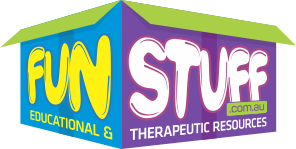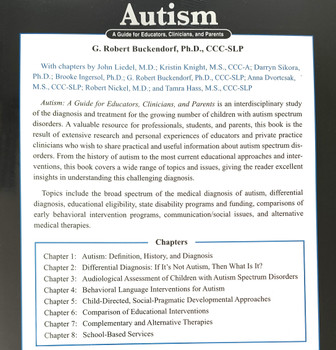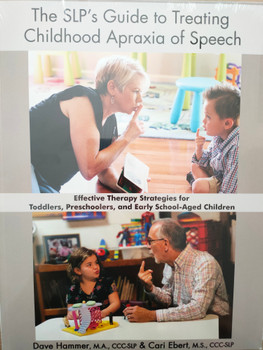Description
The Marshalla Guide imparts to professional speech-language pathologists a great understanding of the art of speech pathology and empowers them with countless strategies and approaches which can be immediately employed with their current speech clients. The book describes, categorizes, and sets into historic perspective reported methods of speech movement training in clients with articulation and motor speech disorders in light of modern research. It is designed as a resource for professional or student speech-language pathologists who want more information about developing the delicate motor coordination of expressive speech. The methods of this manual are applicable to any client regardless of the cause or severity of his speech impairment, and no matter his chronological age, intellectual level, language background, or neuromuscular status.
Every type of speech movement is discussed in this guide, from how to stimulate voice in a client who is non-vocal, to getting the tongue into position for a correct /r/. The manual contains a vast amount of information from a wide variety of resources. Methods stretch way beyond those usually covered in articulation, phonology, and motor speech texts. That is because The Marshalla Guide digs deeply into the chronological record of the way speech movements have been taught by practicing clinicians throughout the ages. The background information within each chapter can be read for a comprehensive perspective about themes in speech movement training, or the methods sections can be studied individually to learn precise therapy techniques.
The material of The Marshalla Guide has been organized into three parts. Part One describes traditional approaches. Its chapters describe classic methods that are used with every client no matter the etiology or severity of the articulation or motor speech disorder. Part Two is called “Speech is Movement.” It presents a broad array of methods designed to stimulate better jaw, lip, and tongue movements for clients who cannot imitate mature phonemes on demand. Part Three concerns the teaching of phonemes and metaphonological foundations for any type of client. These chapters contain a catalogue of methods for teaching every consonant, vowel, and diphthong of Standard North American English.
This monstrous book (500 pages) is organized by topic, fully indexed and arranged for easy reference. It includes a cornucopia of ideas from a vast array of resources, both clinical and research-based. The Marshalla Guide includes nearly 500 references as well as a supplemental bibliography of nearly equal length. Research summaries are present throughout the manual to support ideas for the evidence-based practice, yet this volume also represents what clinicians do despite serious gaps in research.
Contents:
PART ONE: Traditional Approaches
- Traditional Articulation and Motor Speech Training
- Helping Clients Who Mumble and Slur
- Making Speech Units Salient
- Using the Ear to Teach Speech Movements
- Teaching Speech Movements with Cues
- The Motokinesthetic Method
- Encouraging Breath Support
- Balancing Oral and Nasal Resonance
- Traditional Speech Movement Techniques
PART TWO: Speech is Movement
- Principles of Movement Development
- Encouraging Jaw Oscillation for the CV
- Facilitating Lip and Cheek Movement
- Facilitating Tongue Movements
- The Critical Role of Oral Stability
- Oral Perception and Speech Movement Learning
- Normalizing Oral-Tactile Sensitivity
- The Speech Reflexes
- Eating, Swallowing, and Orofacial Myofunctional Methods
- The Tools of Speech Movement Training
PART THREE: Vowels, Consonants, and Metaphonological Foundations
- Foundational Pre-speech Platforms
- Teaching Vowels and Diphthongs
- Stimulating the Stop Consonants
- Stimulating the Nasal Consonants
- Stimulating the Glide Consonants
- Stimulating the Fricated Consonants
- Low Cognition and Intelligibility




